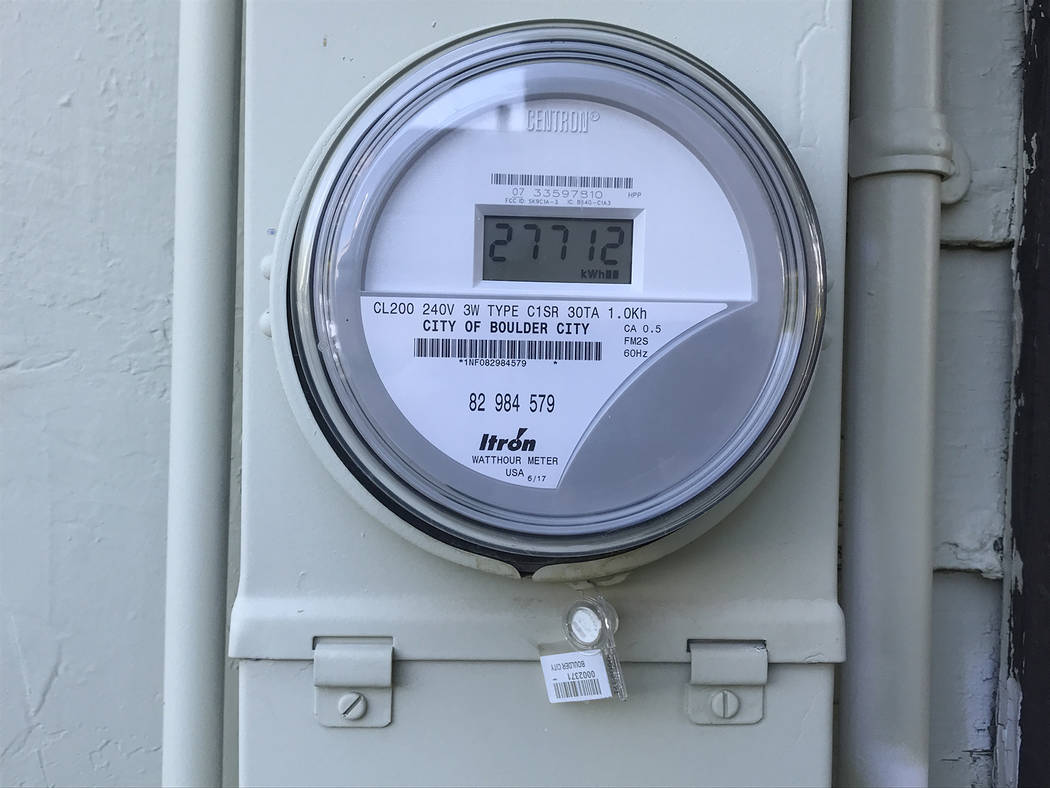
Temperatures have risen early this spring, which means so will our electric bill. Still feeling the bite from the last utility rate hike, thoughts of yet another one coming in 2020 is indeed a heated topic (pun intended). As a DIY expert, finding ways to make our home more energy efficient is our first line of defense against rising temps and power bills. Even more, high temperatures can wreak havoc on our home, especially the air-conditioning system.
Here are “cool” DIY tips that will help save energy, money and overall heat-induced wear and tear in and around a home:
■ Create a good amount of shade around your central air-conditioning unit. The cooler it stays, the more efficiently it will run. You can do this by planting shrubs or building a shade screen around the unit. However, do not block any airflow; maintain a 3-foot clearance around the unit, and don’t plant anything that will drop a lot of blooms or leaves.
■ Keep windows closed during the heat of the day and draw blinds, shades and draperies to keep the heat out. Use thick thermal blackout drapes, insulated cellular shades or reflective blinds over your windows to block the sun and heat.
■ In addition to covering windows, for extra sun and heat protection use a do-it-yourself window-tinting kit, especially on southern-facing windows. Proper window tinting can reduce your cooling bills up to 30 percent. Try Gila Energy Saving Window Films. Be sure to read all directions and warranties.
■ Add exterior shading with awnings, exterior blinds or overhangs. Create additional shading with shrubbery or trees in strategic areas of your yard.
■ Run your appliances in the early morning and late evening when temperatures are at their lowest. Big appliances throw off a lot of heat, which will make your air conditioner work harder to cool down the house. Also, using big appliances at night reduces strain on the electrical grid during peak hours.
■ Lower the temperature on your water heater. If leaving for vacation, shut off your water heater entirely or switch it to “vacation” if your unit offers this setting.
■ Know what’s going on in your attic. Attic temps can exceed 125 F, and that heat can penetrate into your home. A high R-value (measure of resistance to heat flow) is what you need to keep your home cool in the summer (and warm in the winter). Older homes attics only have R-values of R9-R19, while newer homes have an insulation of R25 or higher.
■ Adjust your thermostat while you’re away. The U.S. Department of Energy suggests the following settings: 78 degrees or warmer while you are home, 85 degrees while you’re away.
■ Be sure to change the air-conditioning filter regularly. An air-conditioning unit with dirty filters can use 5 percent to 10 percent more energy. It can even age your unit prematurely. Likewise with too-restrictive filters. While they offer higher contaminant removal, they can overly tax the system and cause motors and controls to burn out.
■ Using a ceiling or room fan will make a higher thermostat setting more comfortable, because moving the air will cool the room, and you. Also, for ceiling fans, flip the switch on the unit so it turns counterclockwise in the summer. Switching blade direction will pull the cool air upward so you feel a cooling effect.
■ Keep hot air from sneaking into your home. Use caulk and weather stripping to seal air leaks around doors, windows and air-conditioning window units. Try products like Duck Self-Adhesive Foam Seal.
If your windows are not energy efficient, as is the case in many Boulder City homes with original windows, consider replacement. Per Energy.gov, “Heat gain and heat loss through windows are responsible for 25 percent to 30 percent of residential heating and cooling energy use.” There is much to consider when replacing windows. Visit Energy.gov to help understand and decide on window frame, glazing types, gas fills and spacers, and operation types.
Keep cool and carry on.
Norma Vally is a seasoned veteran of home improvement; her career includes four seasons as host of Discovery Home Channel’s Emmy-nominated series “Toolbelt Diva.” A columnist and author, Vally splits her time in Southern Nevada, Los Angeles and New York City. Follow her on Facebook at Norma Vally “Toolbelt Diva” and visit her at www.NormaVally.com. Email Norma@NormaVally.com.